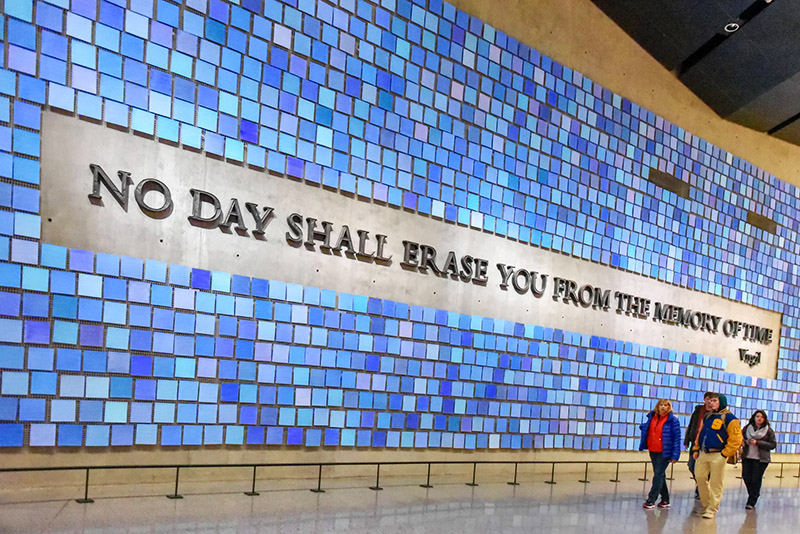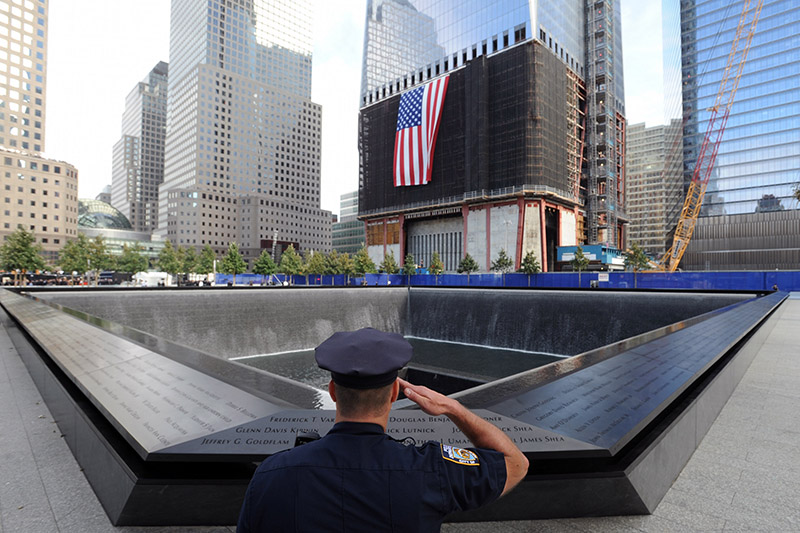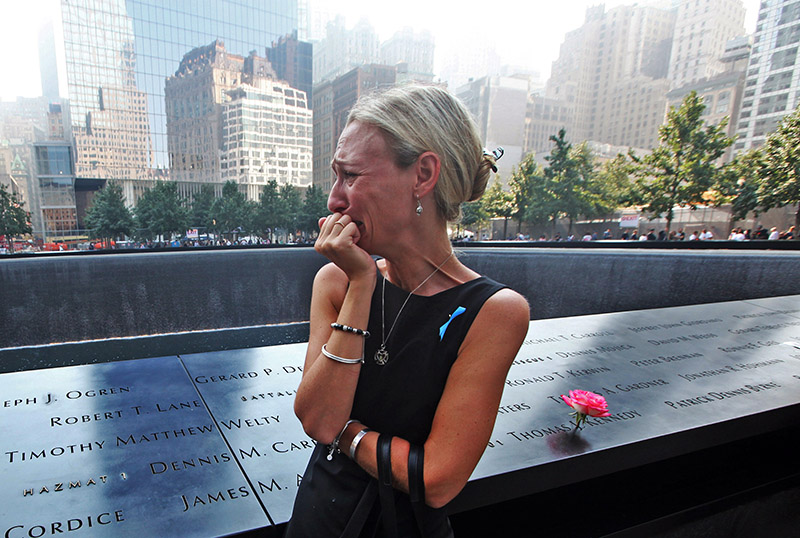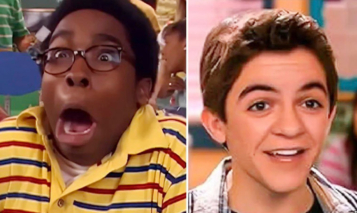
Every September 11, Americans pause to commemorate the anniversary of the terrorist attacks on the World Trade Center in New York City and the Pentagon in D.C.
The World Trade Center’s falling people symbolized the horror of the day for writer Tom Junod who was convinced that America should know their names.

Junod undertook the mission of identifying the fallen Americans — the forgotten 9/11 victims that no one wants to talk about.
“I felt that the idea of people jumping. I felt that the falling man had been sort of pushed to the side,” Junod said in a 2006 documentary titled 9/11: The Falling Man.
“There is an element of exclusion; that he died improperly. That we want to remember this day for its heroism. And whether we think of the jumpers as heroic or not, they should not be excluded from the consecrated ground of American soil because they died in a way that made us uncomfortable.”
Junod was surprised that no one came forward to claim the fallen man as one of their own family members.
When the photo of the falling man was published in newspapers on September 12, Americans vented their outrage against the photo editors for selecting that particular image to embody the horrific events of 9/11.
The photo editors withheld the series of images of the falling man tumbling and flailing desperately at the sky. Instead, they chose the one photo that made the falling man appear peaceful, composed, and willingly accepting his fate as if he had decided to check out with dignity.

Jonathan Eric Briley, 43, was a sound engineer for the Windows On the World restaurant in the North tower — the first tower to be hit by a hijacked plane that day.
According to Windows On the World head Chef Michael Lamonica who analyzed AP photographer Richard Drew’s photos, Jonathan fit the body type, size and complexion of the iconic falling man in the photos.
Lamonica described Jonathan as a “hard working, dedicated, good guy with a great sense of humor.”
Jonathan’s sister Gwendolyn, who was Jonathan’s closest sibling, said she never thought the unfortunate figure in the photo was her brother. “I thought of him as a man that just took his life in his hand for just that second,” she said.
Still in denial, Gwendolyn identified the clothing that the man wore in the photo as items her brother owned. But she stopped short of confirming it was him.
“I hope we’re not trying to figure out who he is, and more, figure out who we are through watching.”

Richard Pecorella was a family member who did come forward to identify one of the fallen: his wife Karen.
Mr. Pecorella said that when the media began posting images online of the jumpers, he searched and searched through the grainy photos until he found her.
For Mr. Pecorella it became an obsession to identify his wife among the condemned souls clinging to the windows of the burning towers.

“It had to be so intense up there and there was no other way out,” he said. “It was either burn alive or go quickly. I envision that it had to be the towering inferno… Do you suffocate to death or do you jump? I think it was brave to do that.”
He added: “I know it’s her because, the clothes and the shape. I would know her from the shadow. She had a blue sweater top on, sleeveless, and cream color pants.

“It wasn’t painful for me. It really wasn’t,” he recalled of his search for Karen. “I finally have something I can hold onto. This is where she was, and this is how she died — she jumped. She didn’t burn up. She didn’t become dust.”
“Nothing was more painful than losing her,” he said. “But not knowing how I lost her was even more painful. So now that I believe that that’s what took place, it’s easier for me to talk about it. And if she jumped, she jumped.”





